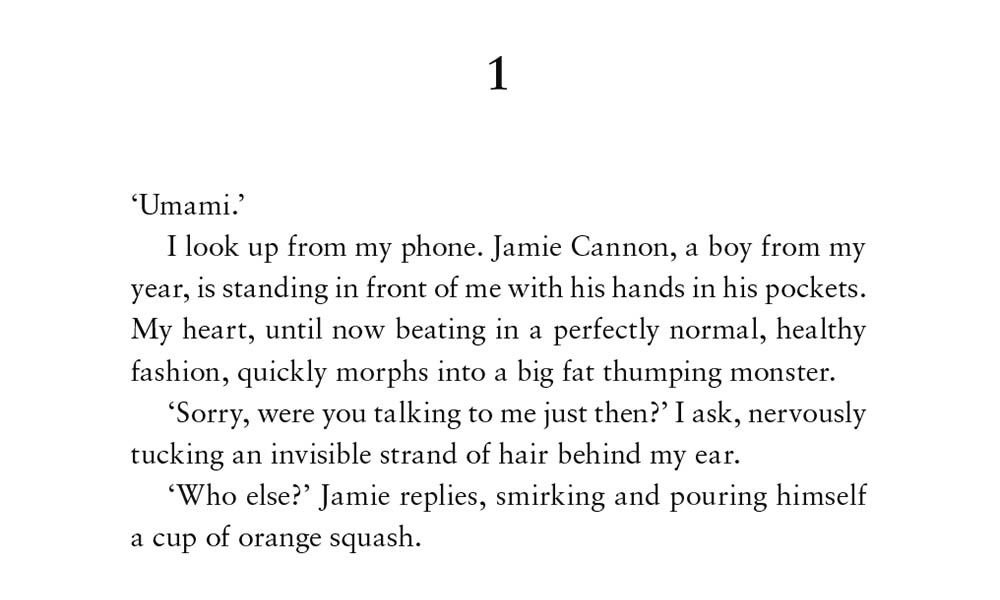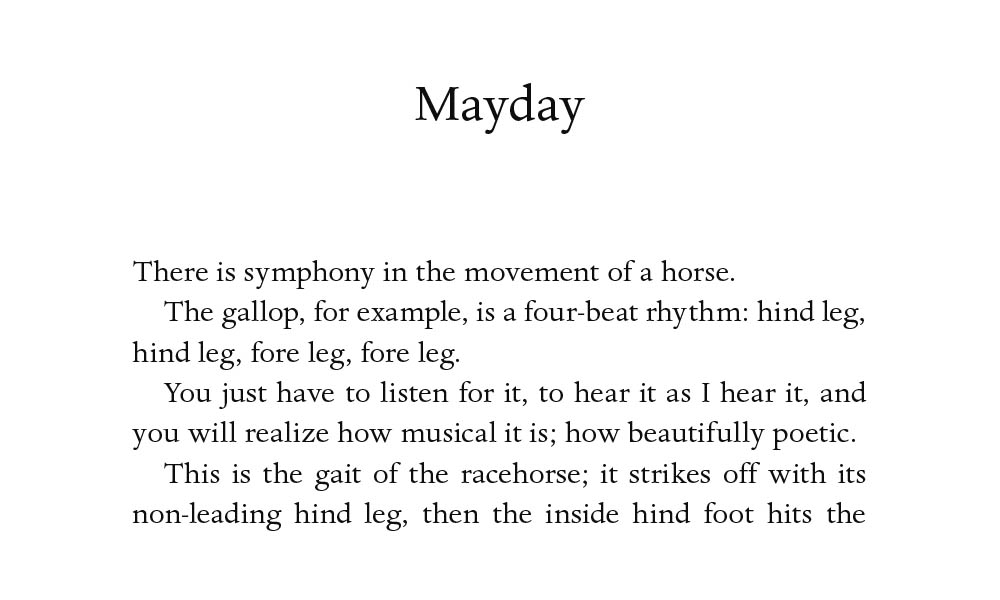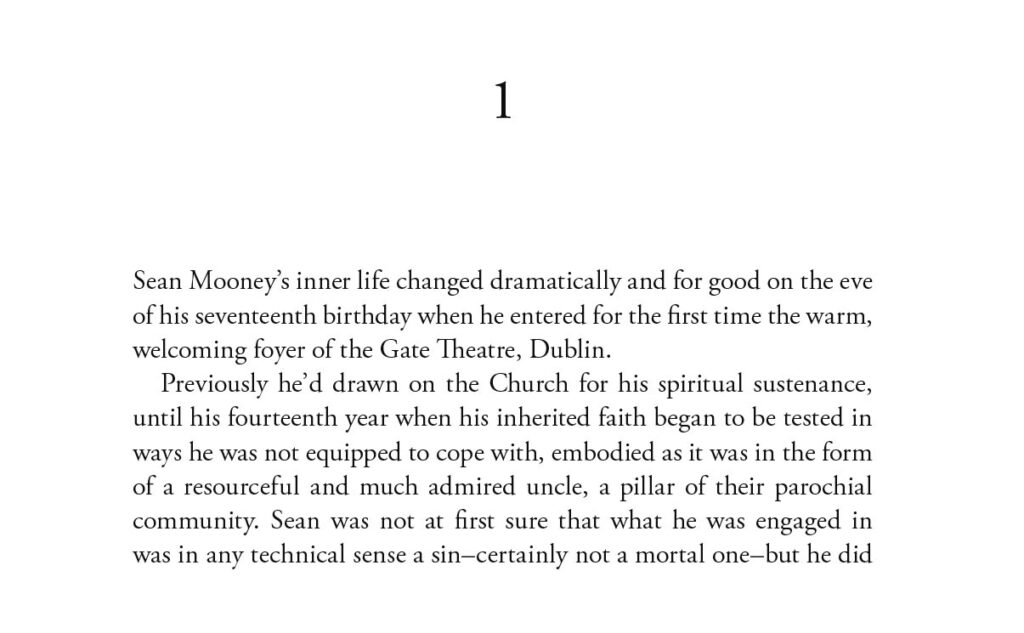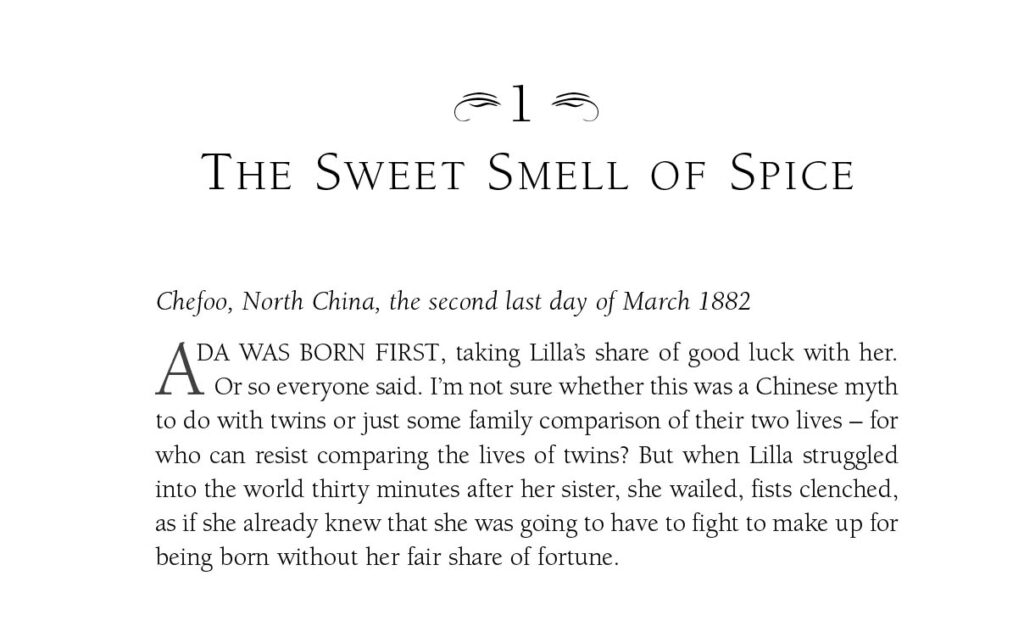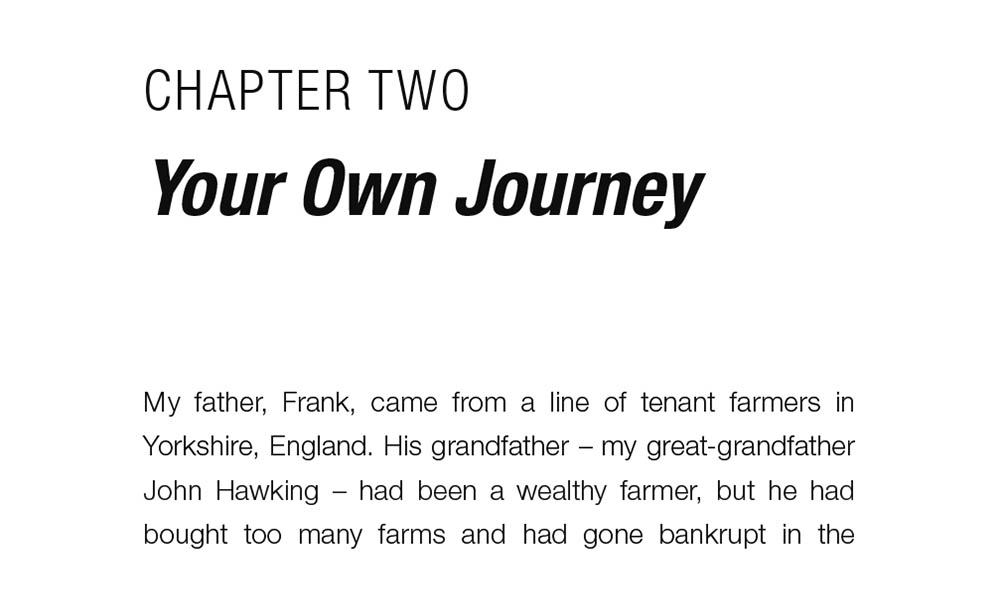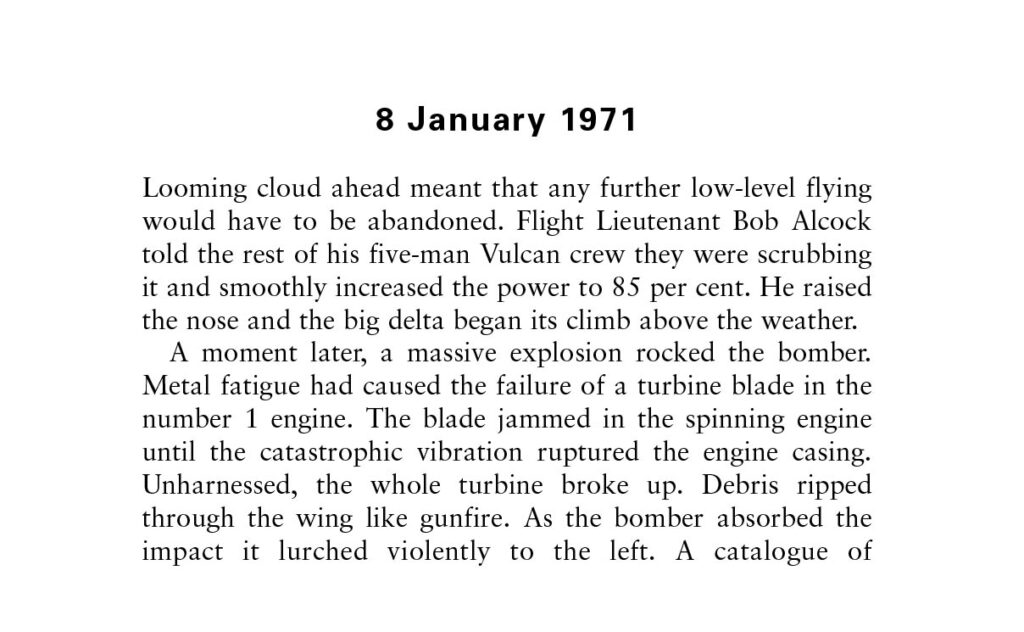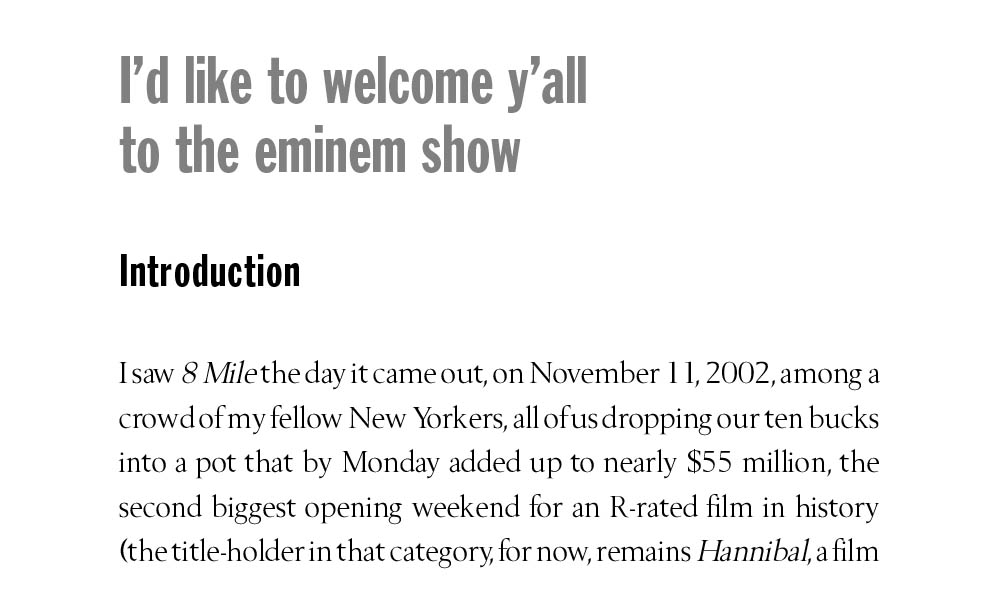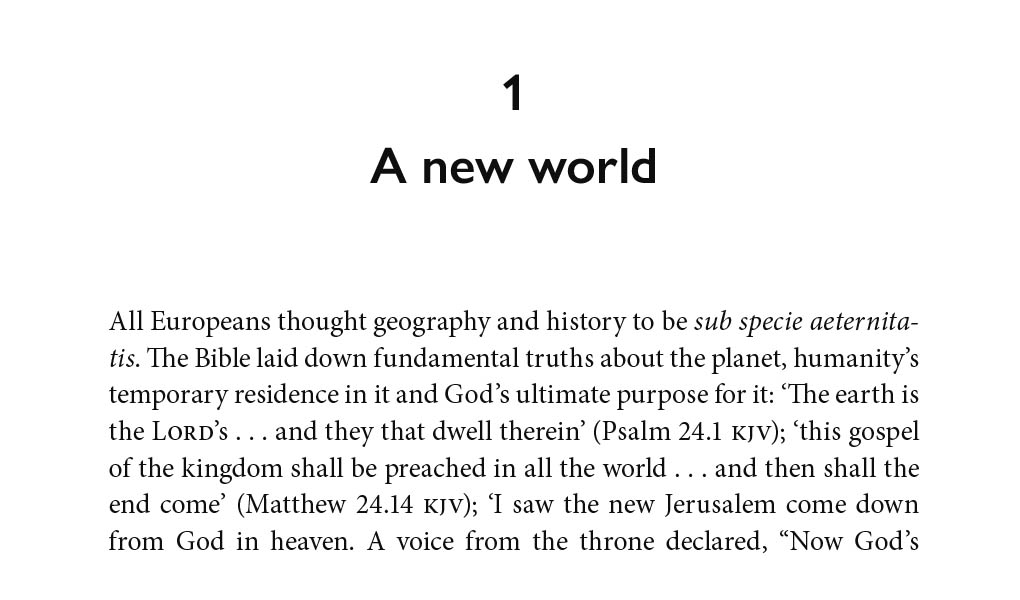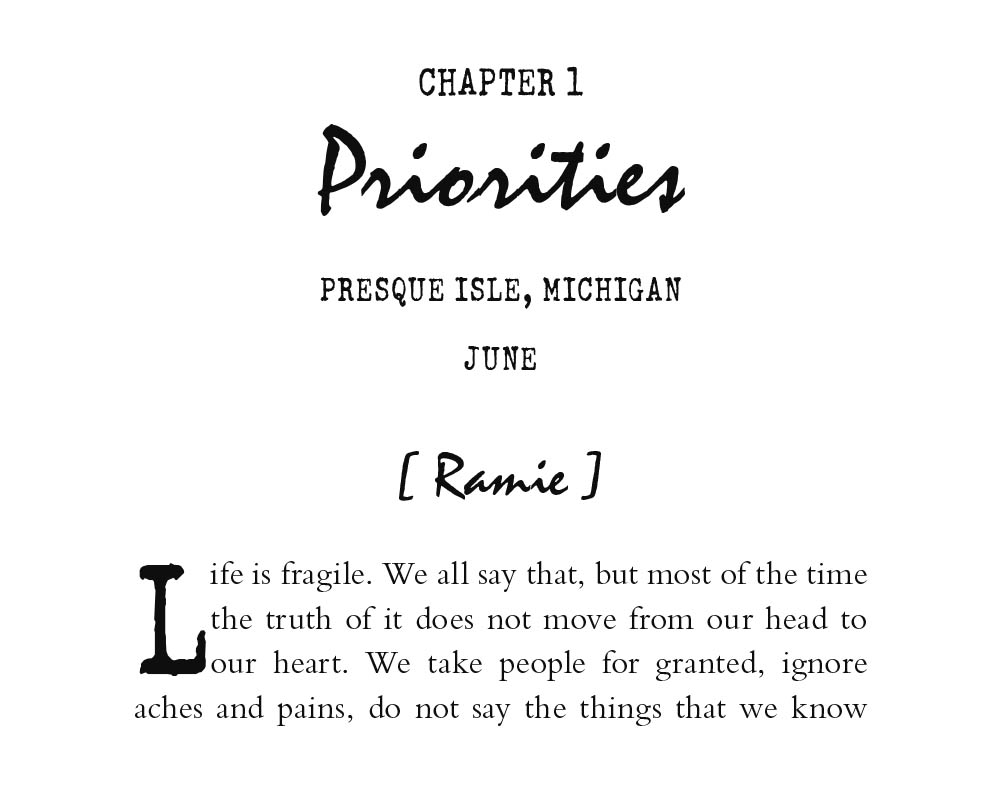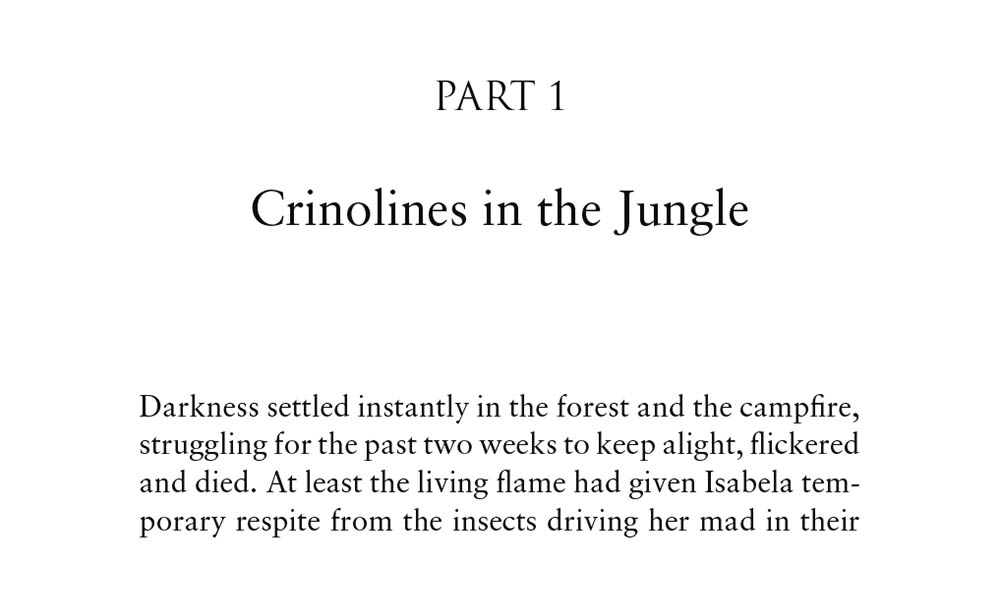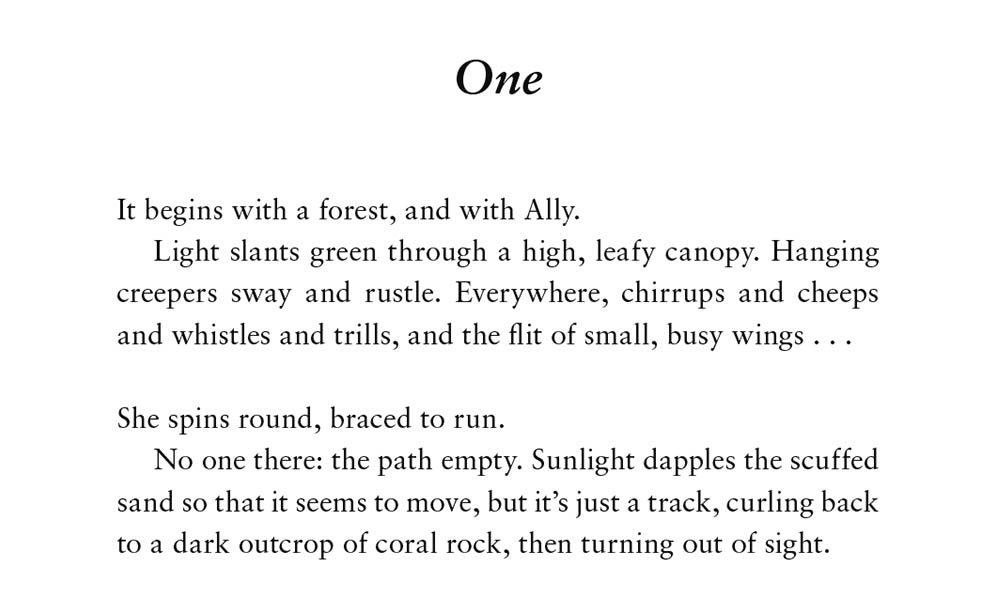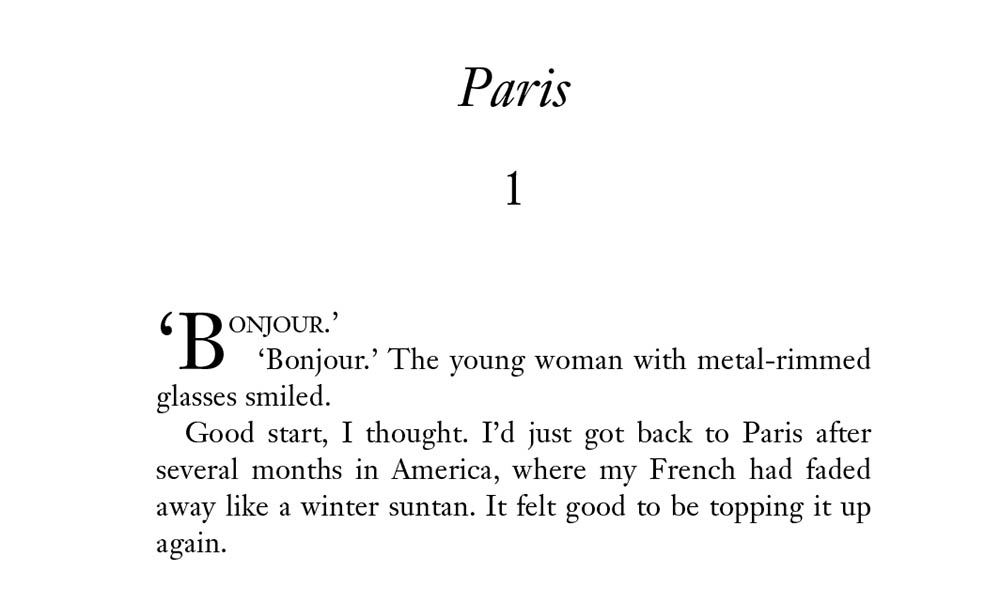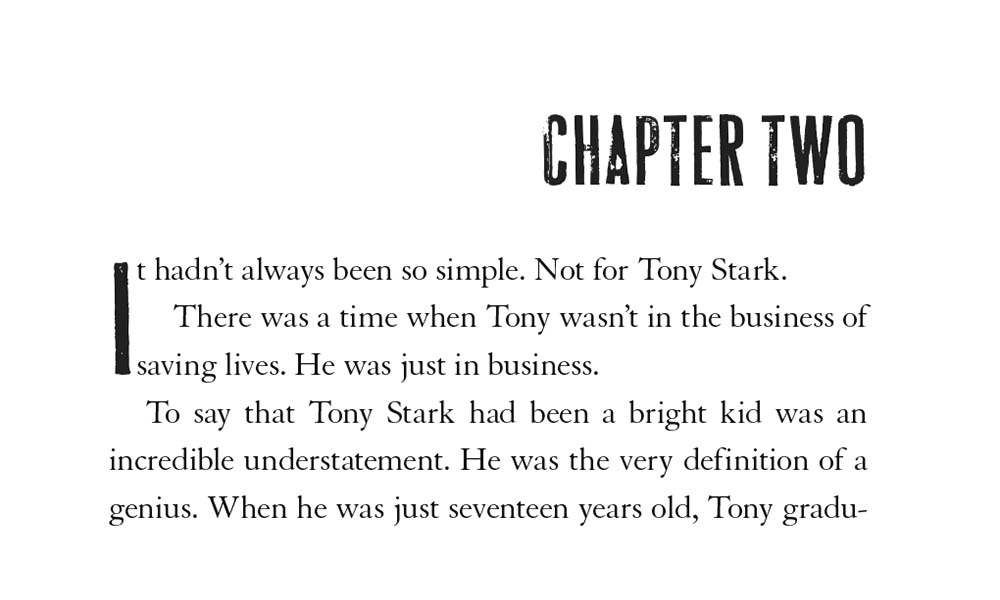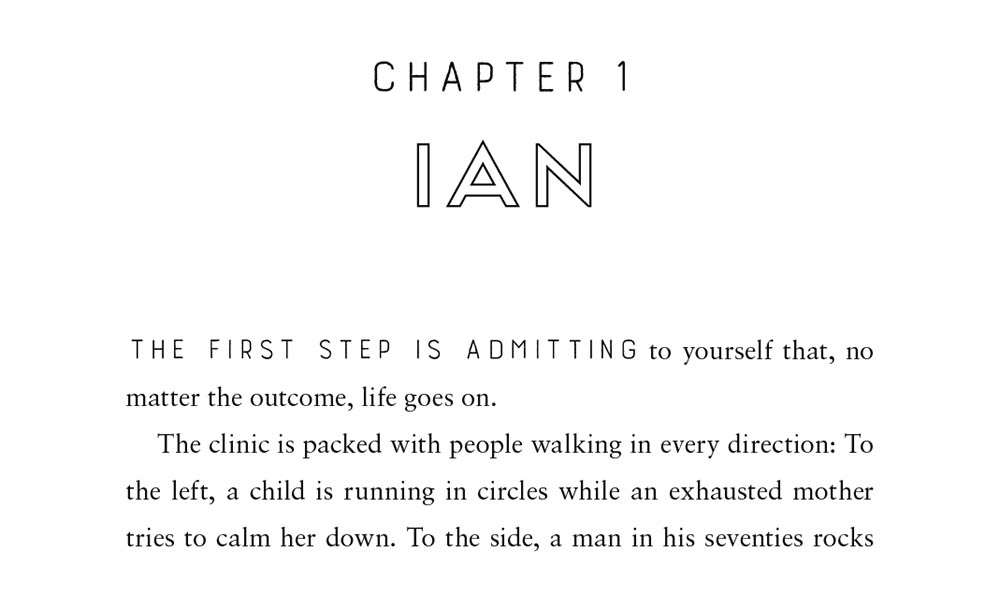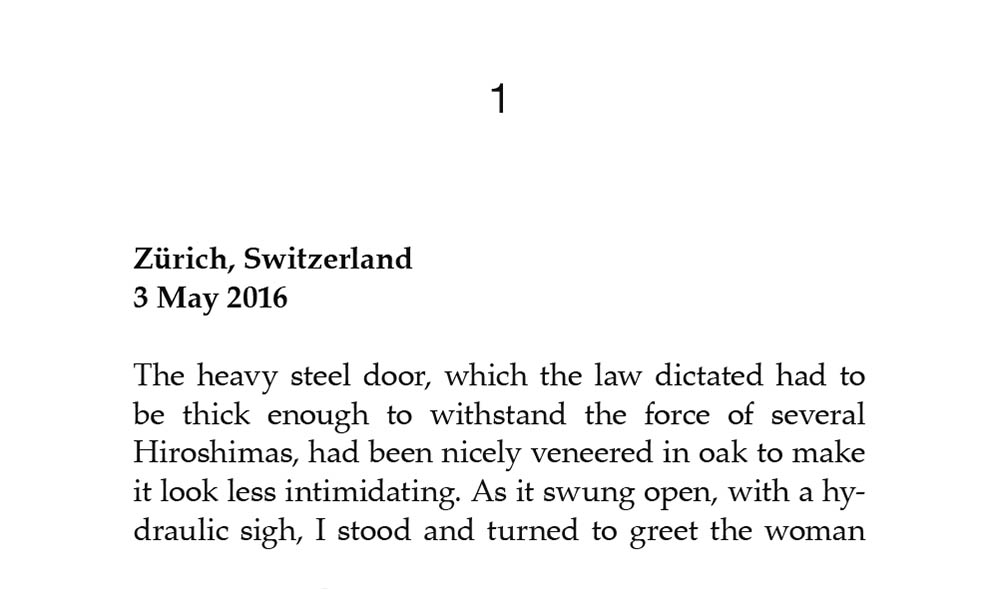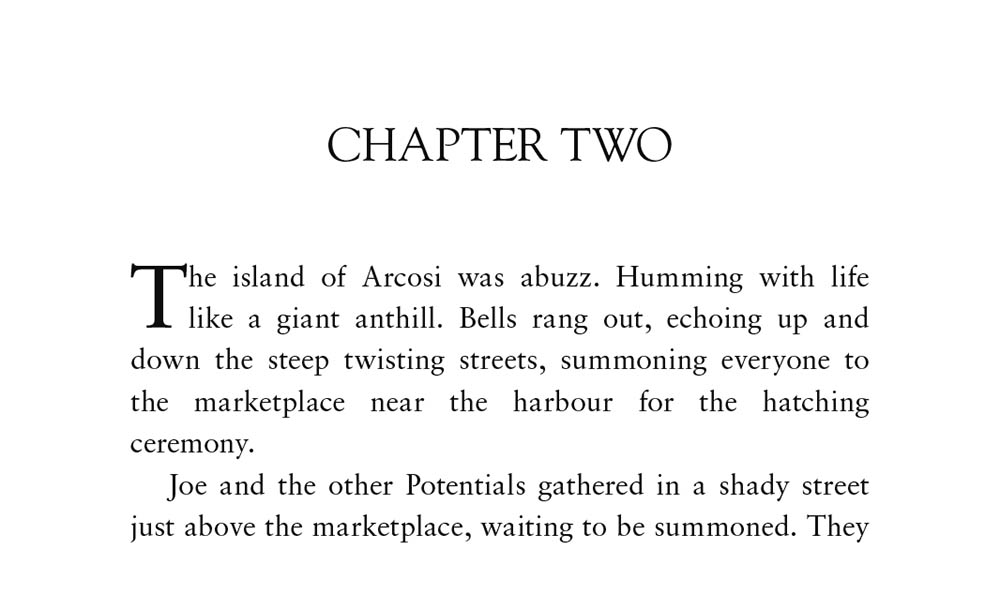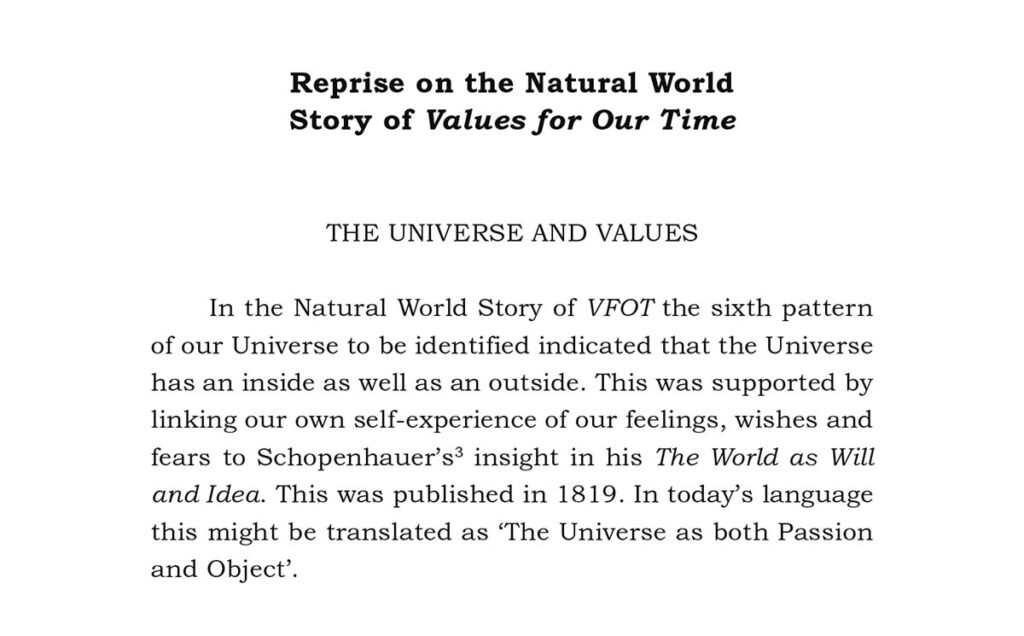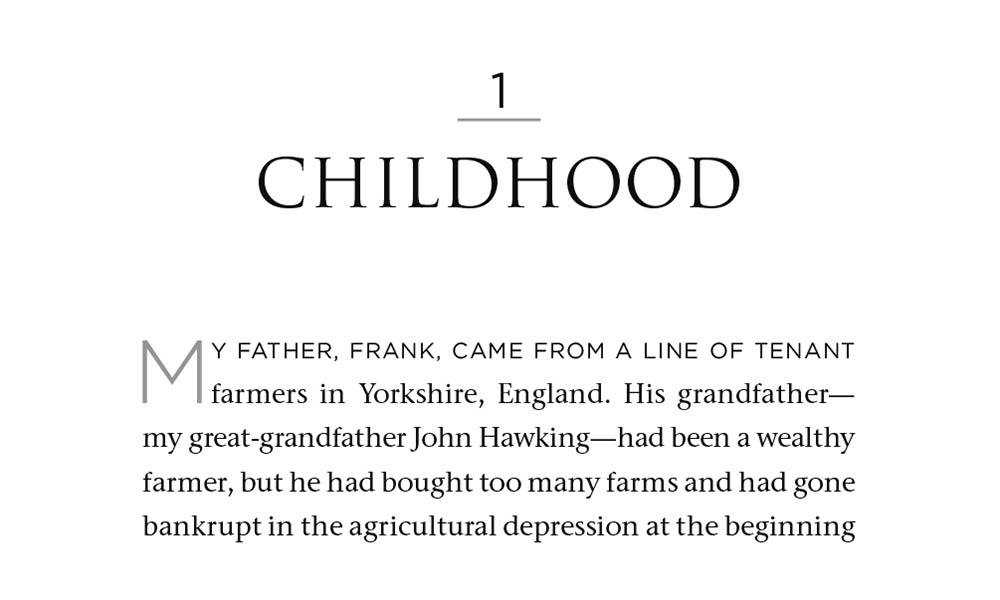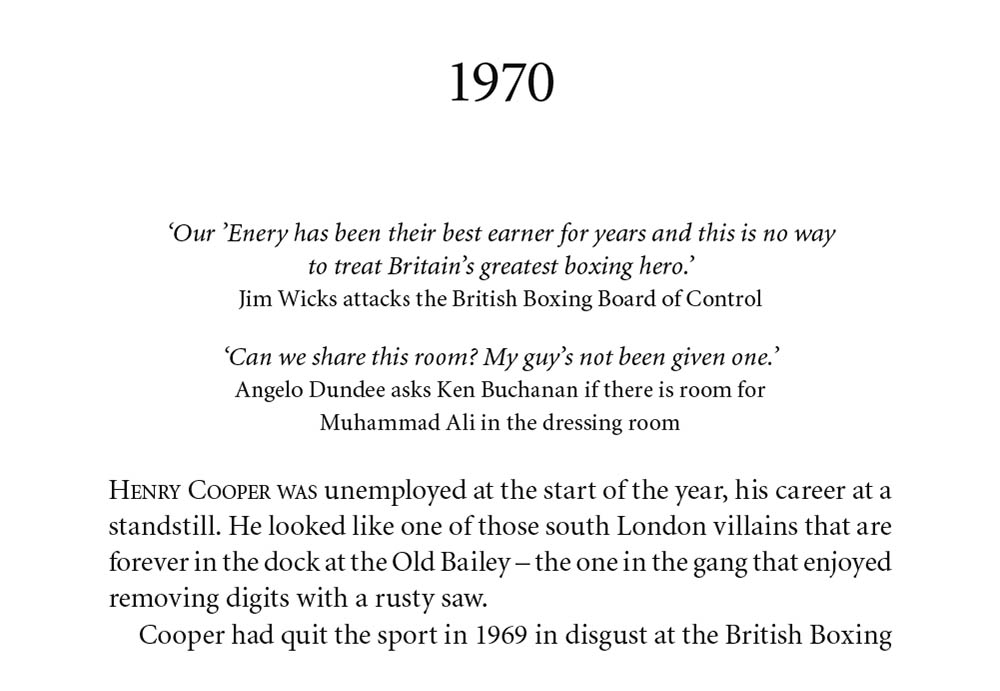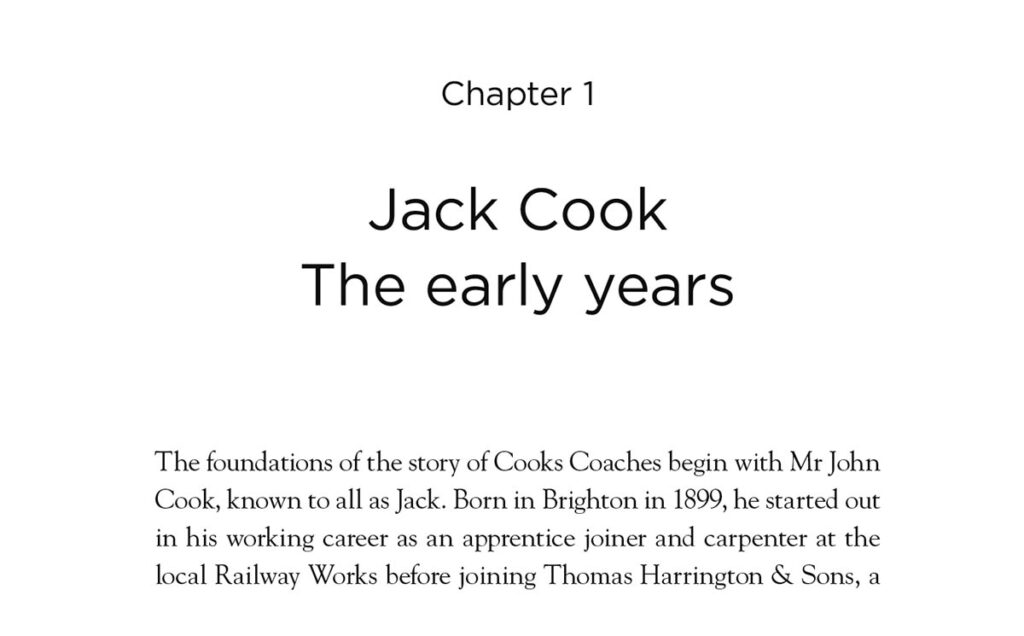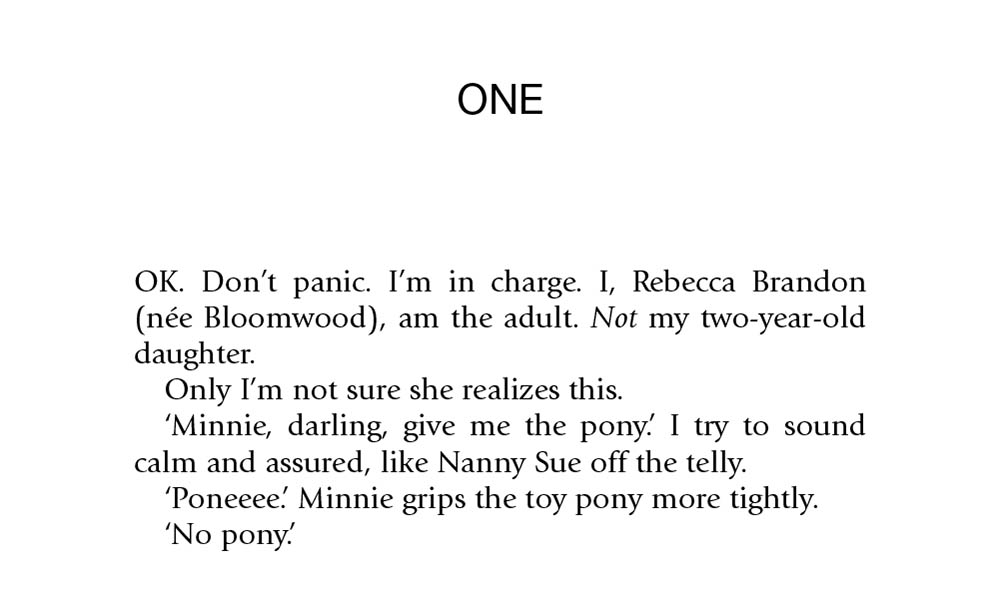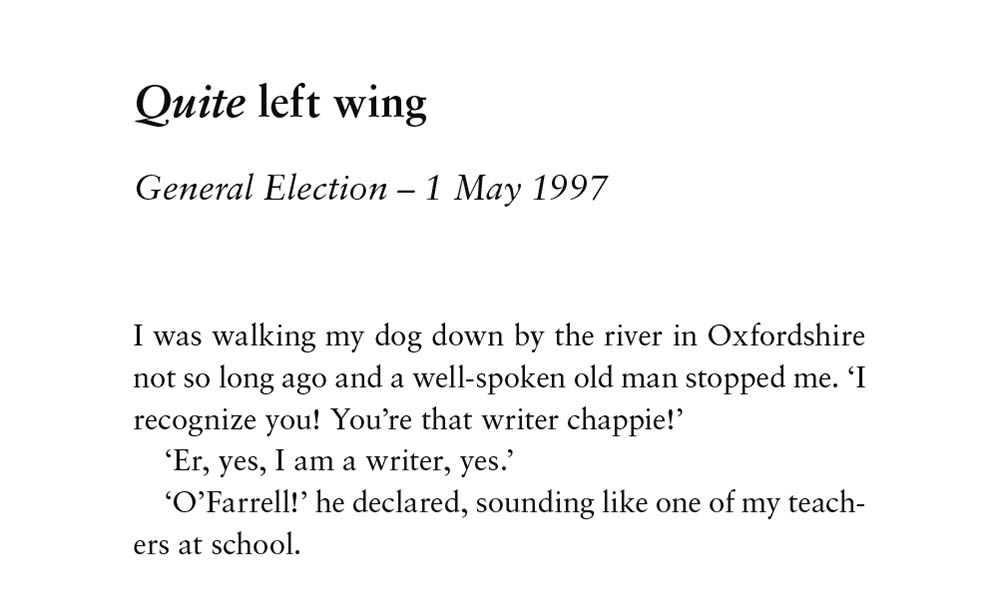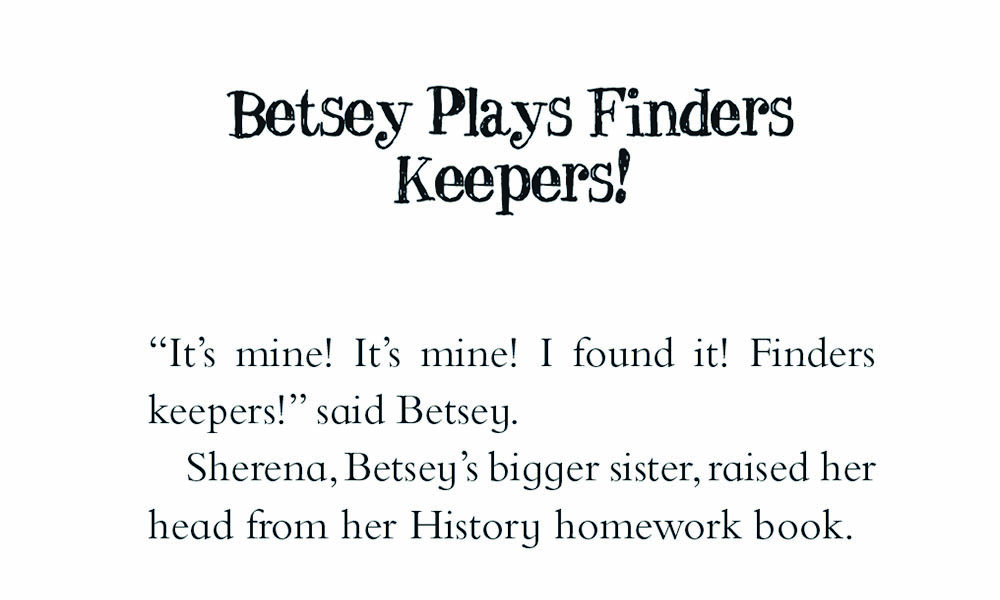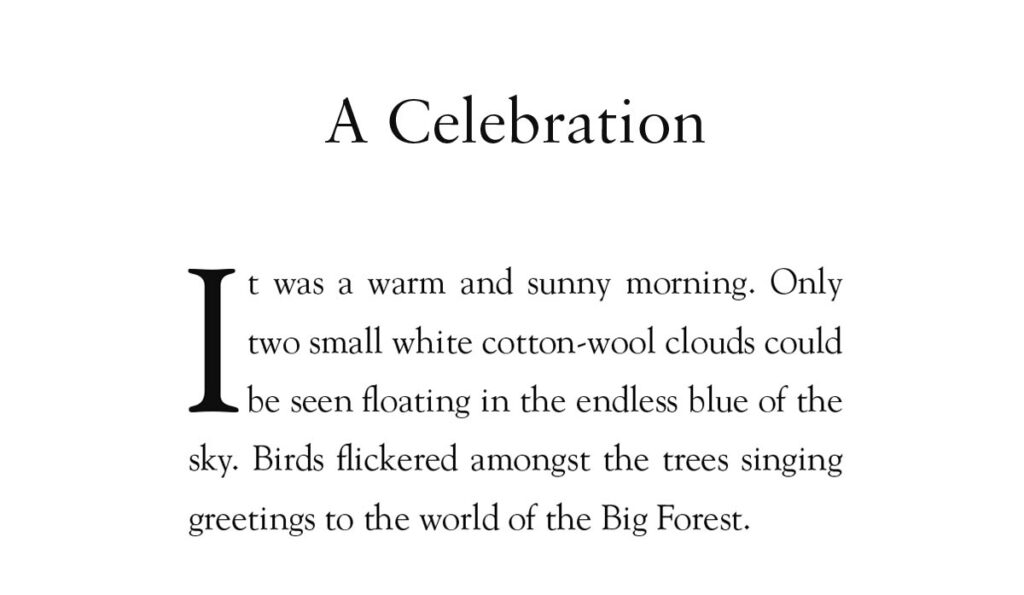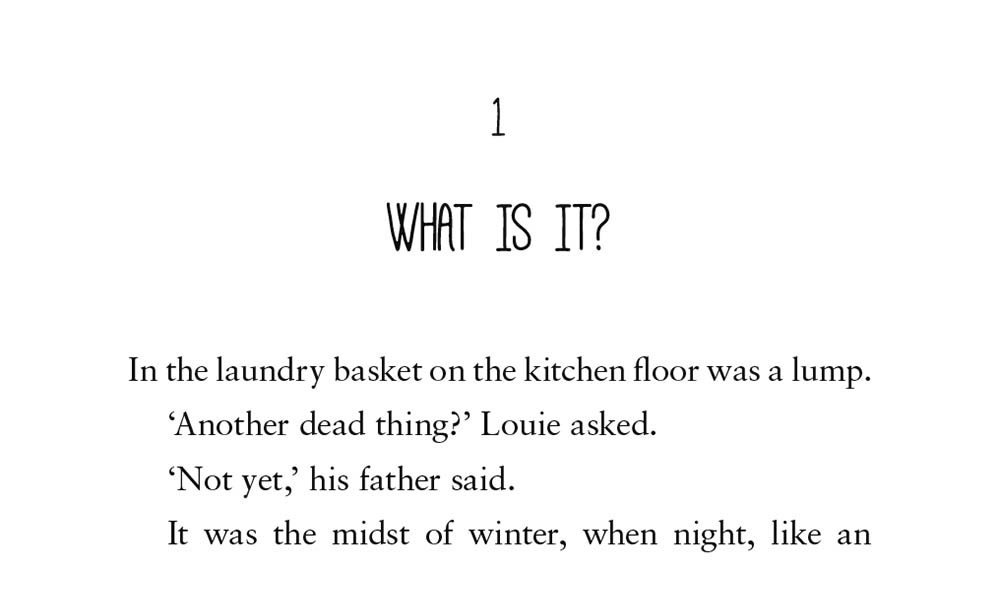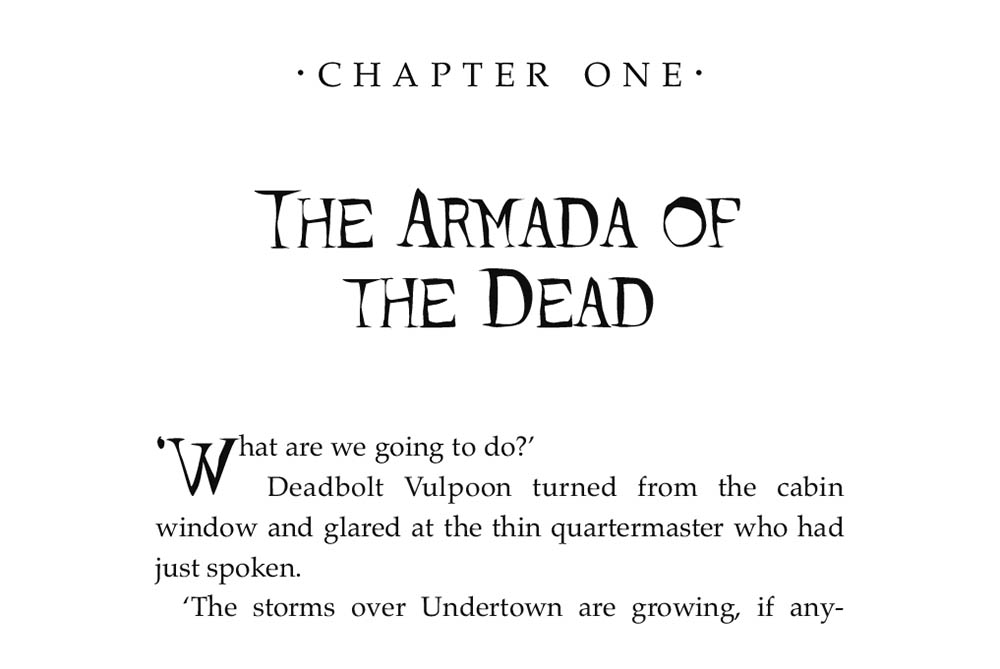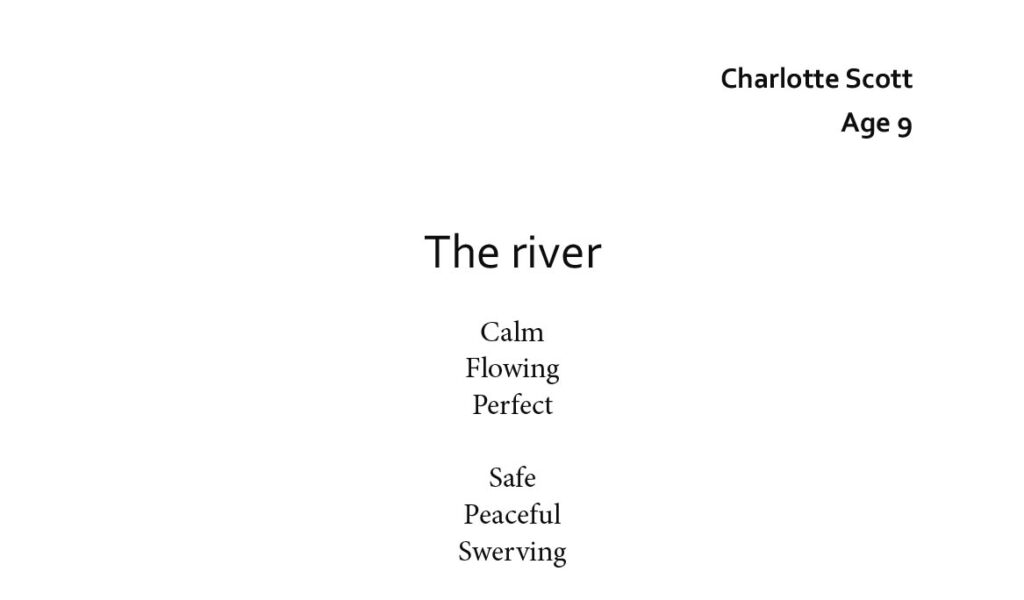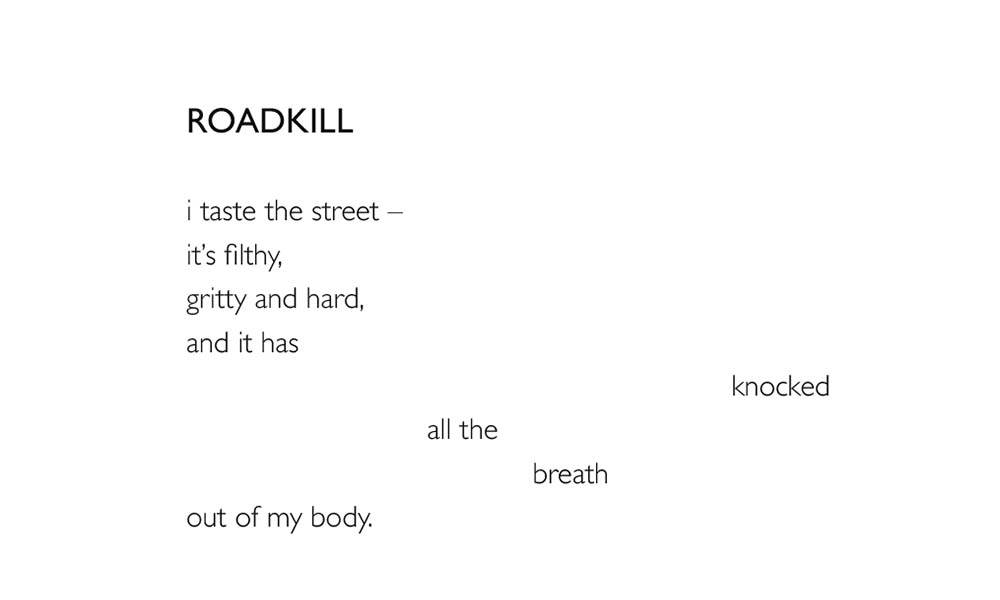Design templates
To start the process of creating your book you will need to first choose the page size and select a design.
Choose your trim page size (TPS)
We have several standard page sizes to consider for your book.
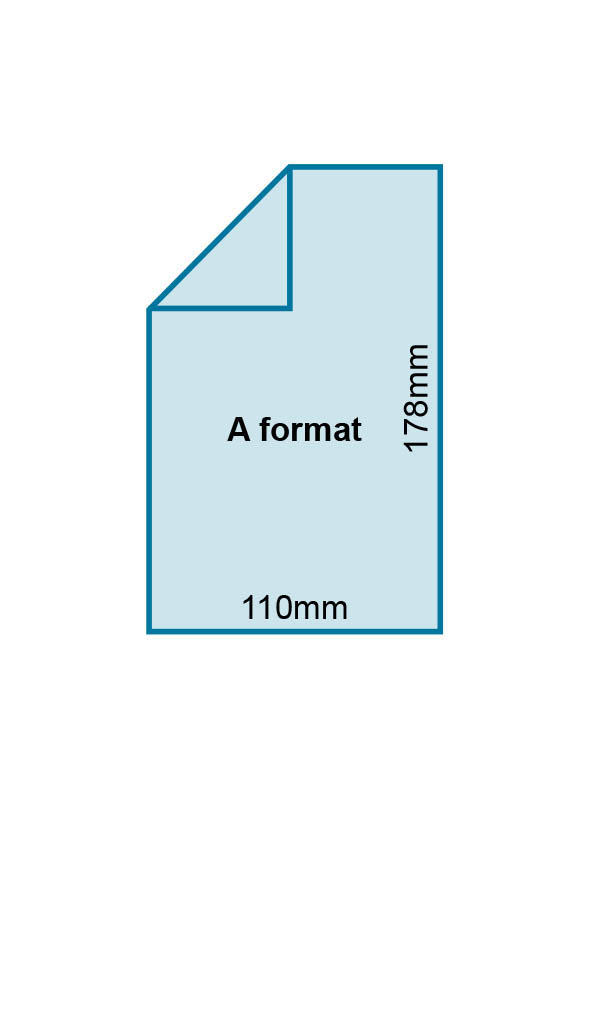
A format
110mm x 178mm
A more compact feeling paperback format.
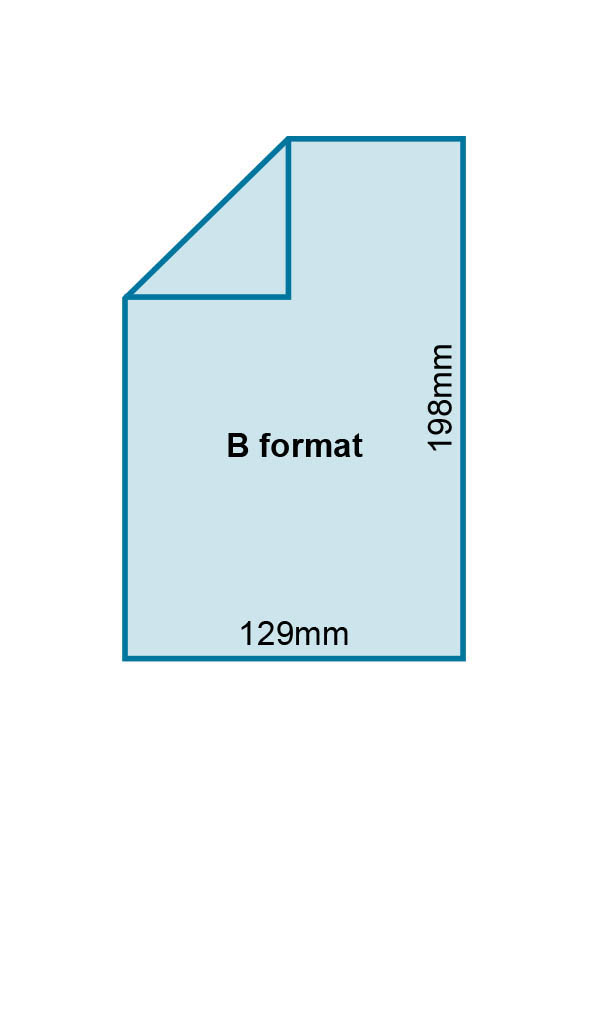
B format
129mm x 178mm
The industry standard sized paperback.
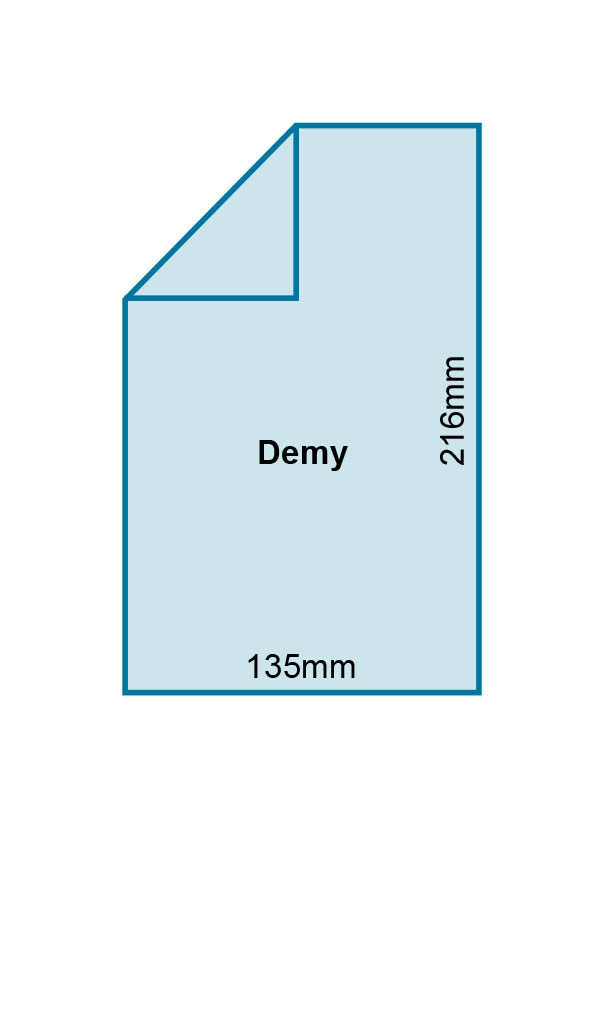
Demy
135mm x 216mm
Ideal for hardback or paperback.
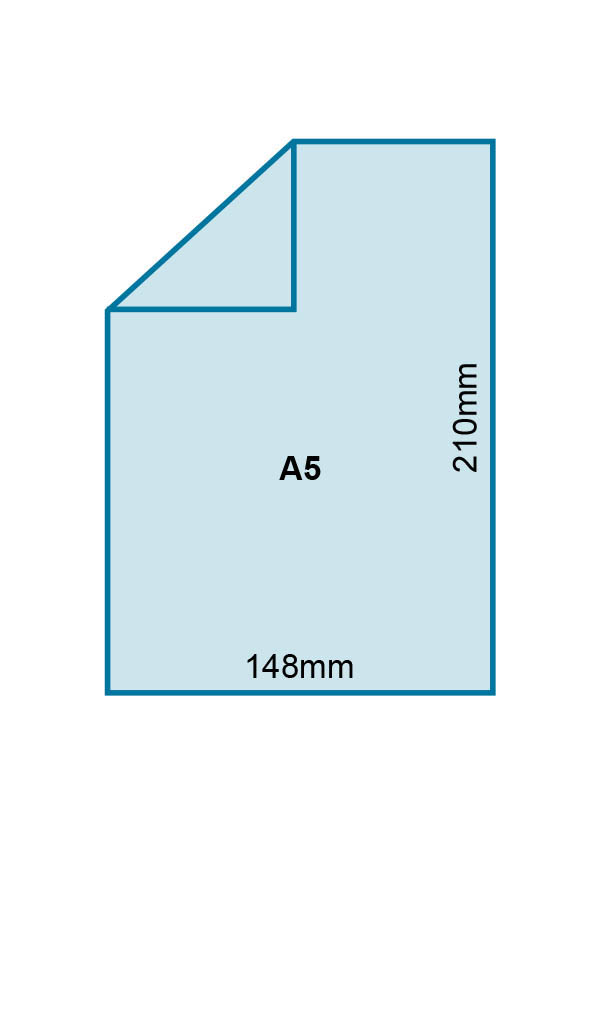
A5
148mm x 210mm
A popular large paperback format.
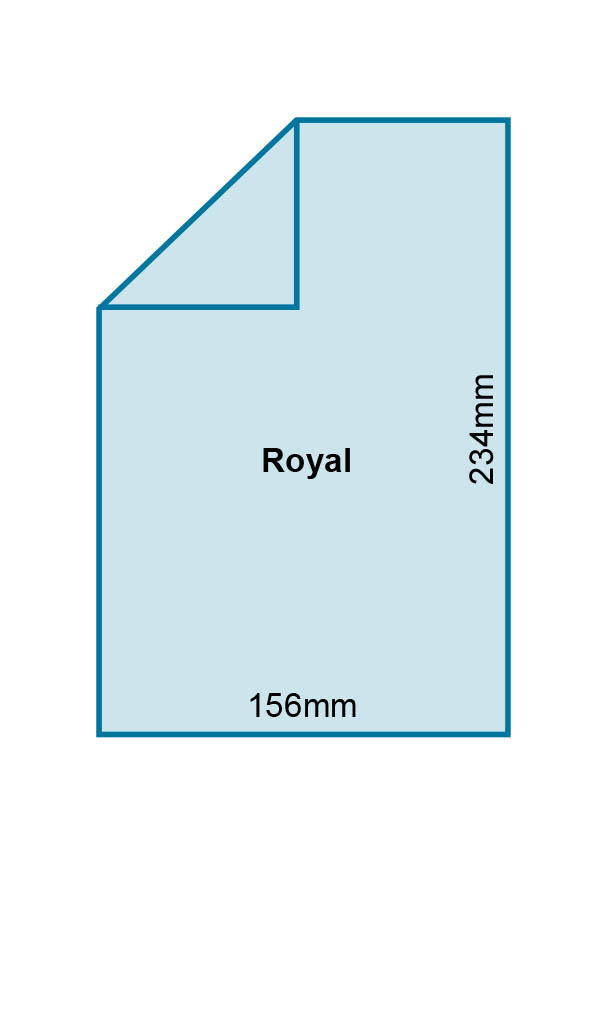
Royal
156mm x 234mm
Industry standard hardback size but also works as a large paperback.
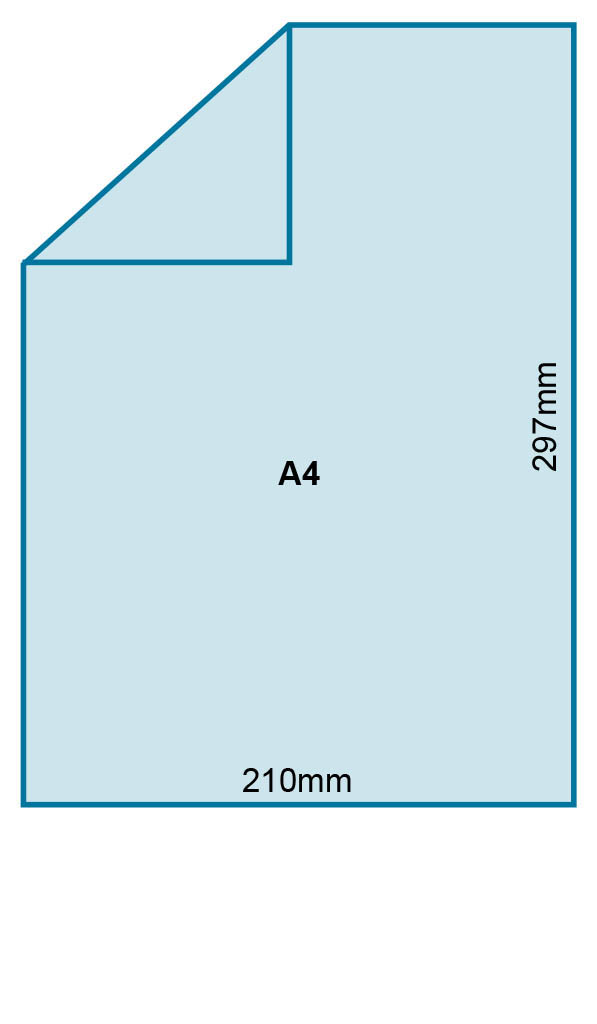
A4
210mm x 297mm
For educational / academic or coffee table books.
You can, of course, choose a custom page size, but there are important considerations to take into account when making your decision:
Cost
The page sizes shown here are accepted standard sizes that optimise the use of paper stocks and minimise waste – which means keeping the price down when printing. If you choose a non-standard size it could mean more paper waste, making your printed copies more expensive.
User comfort
A book is a tactile product. Part of its appeal is that it can be easily held and enjoyed by the reader. If a book is too big or heavy to be held comfortably it can limit sales. You should also bear in mind how much copy you have in your story – if it’s slightly shorter, choosing a smaller page size will mean extra pages and a more substantial feeling book for the reader to hold.
Page design templates
As anyone who has written a book will know, even the simplest page layout needs careful consideration. Design of the interior pages in any book is vital to its success. It’s important the font, type size, leading, margins and so many other parameters are carefully considered to complement the content. A romantic novel has a very different feel to an action thriller or early teen’s fiction, and the page design needs to reflect this so the reader enjoys their experience.
Here you will see a selection of templates, grouped into themes. These aren’t ‘set in stone’, but rather to help narrow down your choice. If you have written a romantic novel but find a design under ‘Comedy’ you prefer, then please feel free to use that.
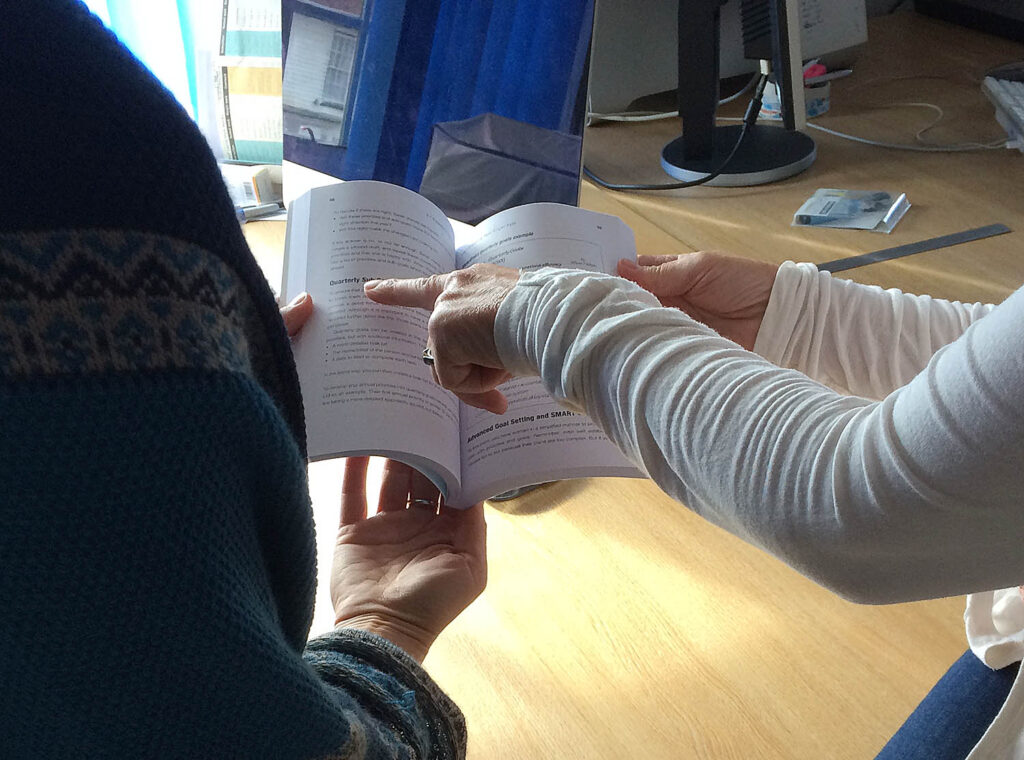
Classic
Modern
Romance
Action
Non-fiction
Comedy
Childrens
Young Adult
Poetry
